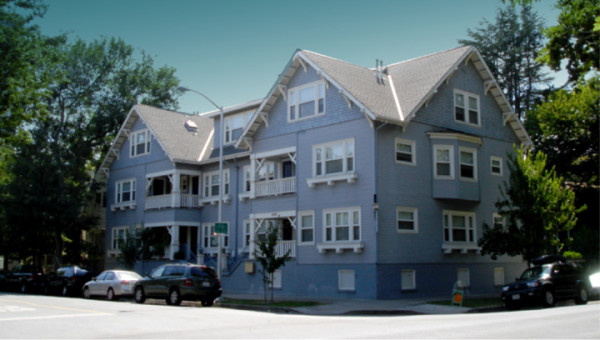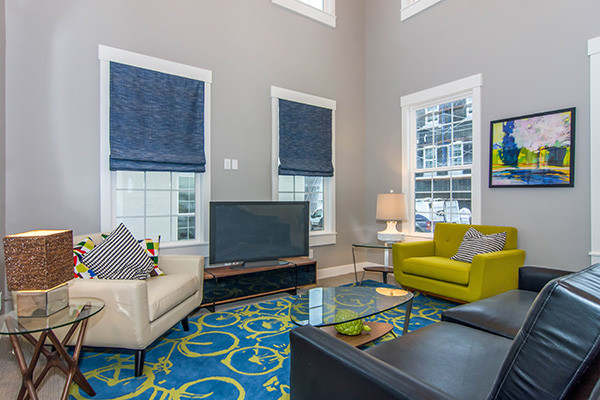One recent study shows that 40% of respondents would like to live in a walkable urban place. Another notes how this demand is reflected in housing prices nationwide: in many cities, home prices in urban areas are climbing faster than other areas. Why is this? Amenities are part of it, but we see it also as a simple demonstration of the fact that people want to live in places that are pleasant, comfortable and nice to be in—not just pass through. They want neighborhoods with character and communities where walking, biking, and transit are reasonable and convenient transportation choices. Hence, the demand is growing.
The rules of supply and demand tell us that if the demand is high and prices are going up, supply must be low. In other words, it’s “missing.” So what, if anything, is holding back Missing Middle Housing?

Barriers to Missing Middle Housing
For one, outdated regulations and codes frequently prohibit building context-friendly designs, such as many Missing Middle Housing types, from getting built. Form-Based Codes are a great way to respond to this reality and code for context and character!
But zoning codes are only part of the puzzle. Also confounding the creation of walkable environments are financing options for homebuilders and developers that encourage single-family or context-unfriendly homes. As the Regional Plan Association shows, eighty-one percent of FHA-backed federal loans and loan guarantees fall under the single-family home category, while federal loans and mortgages can limit commercial floor space in mixed-use buildings so that it becomes nearly impossible to create new, mixed use buildings with six stories or less—that’s definitely outside the Missing Middle!

Creative Approaches Yield Good Results
Not all is lost, however. Missing Middle Housing—as well as other forms of small-scale and walkability-promoting building types—is getting built in places where innovative minds are coming together to creatively envision walkable communities. We’ve cited our own work in the Daybreak community outside of Salt Lake City, Utah, where we’ve worked with an inspired developer to create a community of townhouses situated around a walkable, public mews. While this project is notable for its attention to the public space that defines the houses, it’s also gaining traction for its units’ low price points, which offer prospective buyers a low-cost path to home ownership and high-quality living. Exterior, community-focused public spaces and well-designed interiors are really the draw here—in lieu of a little extra inside space, buyers of these units get a real community at a highly reasonable overall price.
In addition, more people are noting that federal single-family home loans can actually be used for owner-occupied buildings with up to four units, providing an opportunity for homebuyers and homeowners with open minds to leverage their capital for some of the Missing Middle Housing types.
Putting It Together
What does this mean for Missing Middle Housing and walkability? With preferences pointed toward walkable urban living, Missing Middle Housing is clearly in demand, but regulation and finance can hamper the creation of these neighborly housing types. Developers and cities looking to create Missing Middle Housing, such as the townhouses at Daybreak or the other types we document here, can make it happen—it just takes some open minds, sharpened pencils, and surely some collaborative spirit.